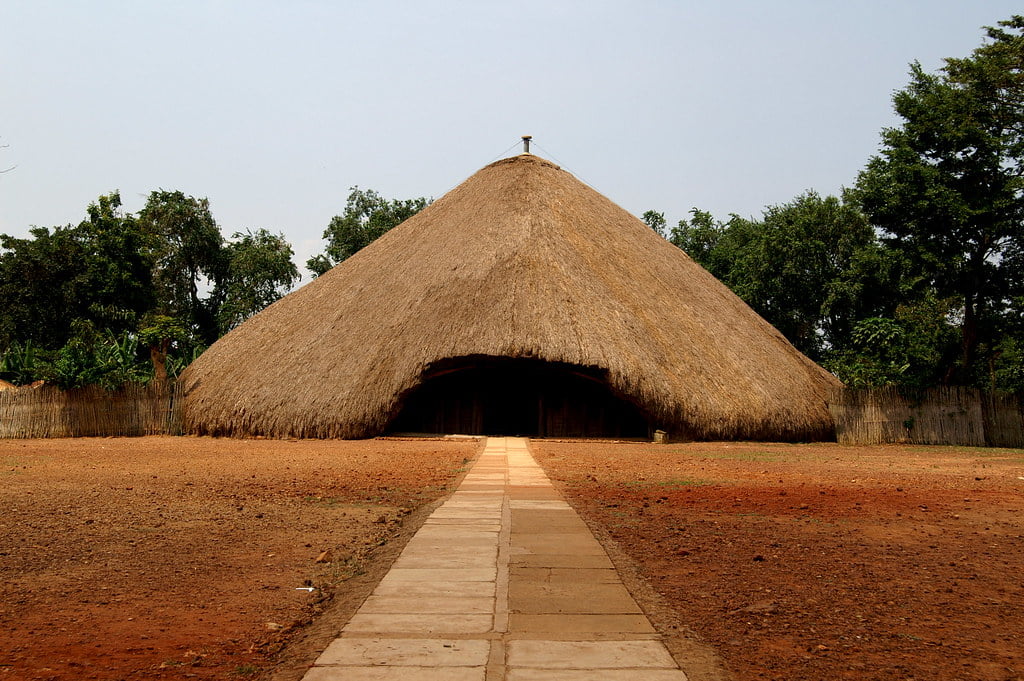The Kasubi Tombs in Kampala, Uganda, is the site of the burial grounds for four kabakas and other members of the Baganda royal family. As a result, the site remains an important spiritual and political site for the Ganda people, as well as an important example of traditional architecture. wikipedia
Situated on Kasubi hill, within Kampala, Uganda, the Kasubi Tombs site is an active religious place in the Buganda Kingdom. To the Baganda the Kabaka is the unquestioned symbol of spiritual, political, and social state of the Buganda nation. As the burial ground for the previous four Kabakas, therefore, the Kasubi Tombs is a place where the Kabaka and others in Buganda’s complex cultural hierarchy frequently carry out important centuries-old Ganda rituals. www.kasubitombs.org
According to David Nkalubo, who replaced Mulumba as the katikkiro of the tombs, Nsigo, is a title for a gateman at the tombs. One of the gatemen, who has done the job since the reign of Chwa II, for more than 80 years, says before settling at Kasubi, Mutesa’s first palace was in Banda.
When Kabaka Ssuuna II died, Nsigo says, a succession battle ensued among his many sons. Mutesa, one of the youngest, emerged the new crown prince. But his maternal uncle sensed danger and took him to Kasubi, in Kyaggwe for safety. When the dust settled, Muteesa left Kasubi to live in the Banda palace. He set up another palace on Lubaga Hill, where the Catholic cathedral stands today.
However, Muteesa fled Lubaga during an outbreak of a skin disease, which killed more than 4,000 in the kingdom, and established his new palace at Nabulagala, which he named Kasubi, the village of his maternal ancestry in Kyaggwe.
When Muteesa died in 1884, he was buried in his Kasubi palace, which became tombs even for his descendants: Mwanga II, Chwa II and Mutesa II, the first collective tombs in the kingdom.
The mausoleum held royal regalia, while it is believed that the kings’ spirits inhabit the rear area called Ekibira (forest). Mutesa II renovated the tombs in the 1940s.
Legend has it that the main pillar of Muzibu-Azaala-Mpanga was uprooted from a forest in Kasubi, Kyaggwe, by strongmen who carried it without resting it down until it was erected at the site.
Upon reconstruction of the tombs, Sserubiri’s team simulated the ritual only that this time, they used a trailer truck bed on which men stood with the log on their shoulders.

